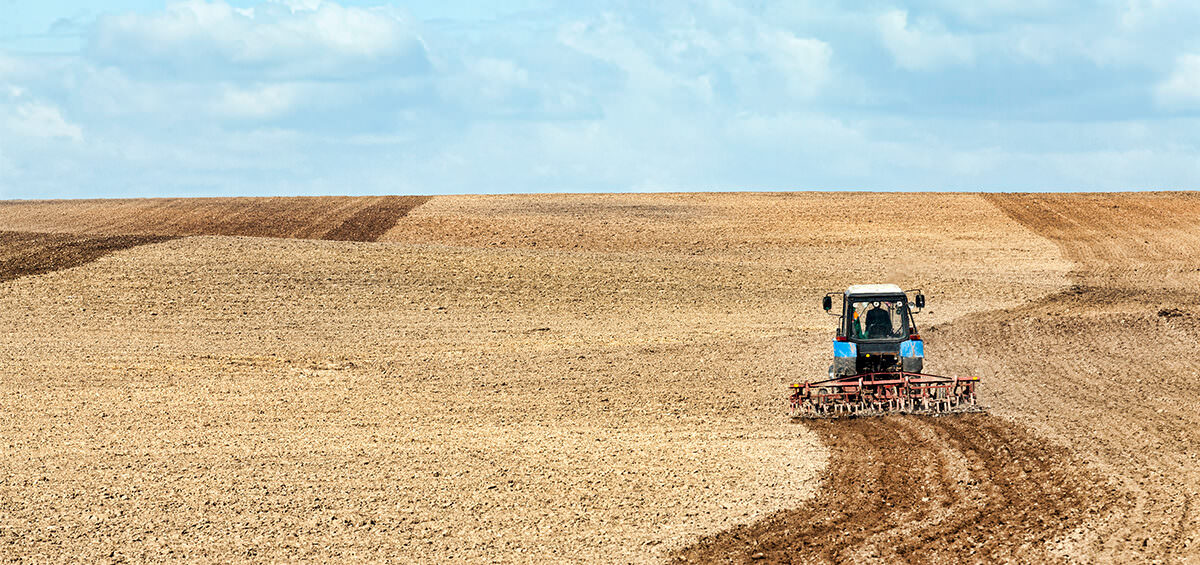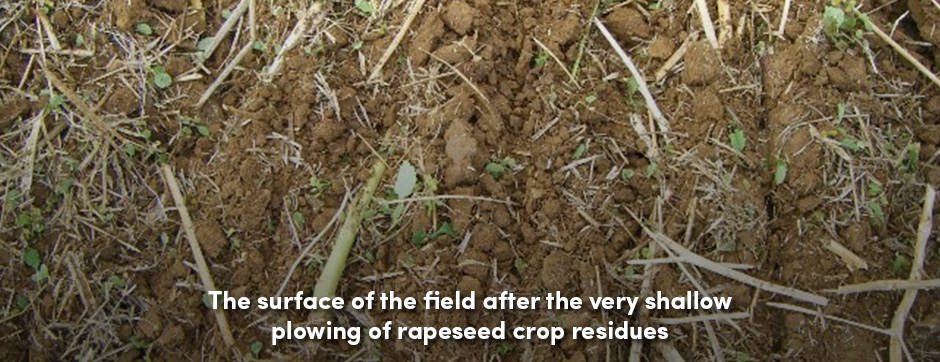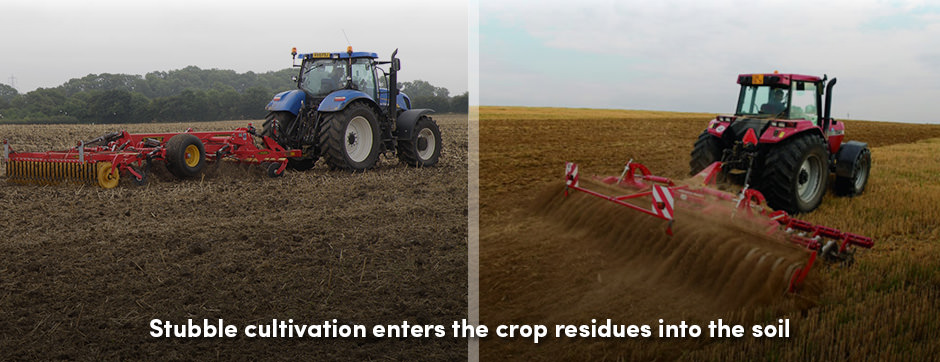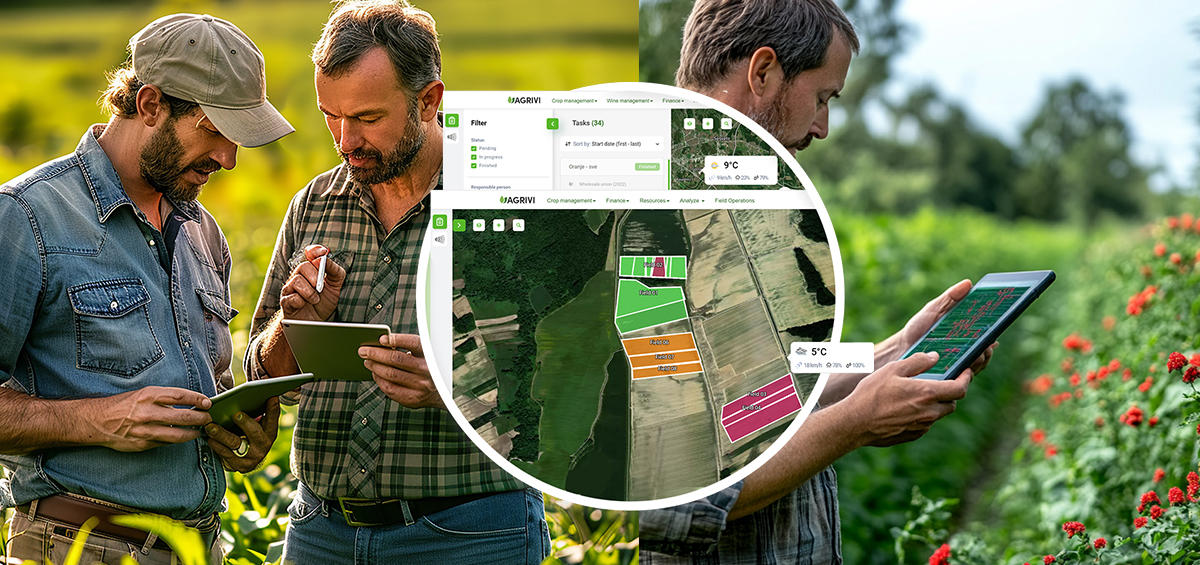Soil preparation practices are an important part of every crop production. After the harvesting of cereals is complete, the next step is to prepare the soil for the following farm season. Very shallow plowing (stubble cultivation) is a farm practice that is essential to soil improvement and one that will result in higher yields.
It is usually done immediately after the harvesting of cereals at a depth of 8-12cm (3-5 in). The main purpose of performing this very shallow plowing is to introduce crop residues into the soil. Crop residues that are incorporated into the soil serve as a source of energy for soil microorganisms. Introducing the crop residues also enables a summer rainfall to penetrate deeper into the soil, improving the soil’s moisture.
Furthermore, there are other benefits as well, which make very shallow plowing a universally recognized practice among farmers. The benefits include:
- Preventing losses of moisture from the soil by evaporation, which during the summer months can be very high; the loss of moisture is prevented due to the breaking of the system of capillaries in the surface layer
- Provoking weeds and other volunteer crop seeds to emerging; in this regard, the fight with weeds is much easier
- Destroying of already emerged weeds
- Because of the reduction of soil resistance, stubble cultivation facilitates further tillage.
Are There Any Disadvantages of Very Shallow Plowing?
The only potential disadvantage of stubble cultivation is possible nitrogen depression. This happens when soil microorganisms use crop residues as their source of energy.
The ratio between carbon and nitrogen in crop residues is 50:150. However, microorganisms use large amounts of nitrogen, and at the expense of future crops. For this reason, the practicing of stubble cultivation demands additional nitrogen fertilization.
In order to avoid nitrogen depression, it’s recommended that about 8 kg (17.6 lb) of pure nitrogen per 1 ton of plant material should be applied. For this purpose, a farmer can use traditional manure, liquid manure, or liquid UREA in the amount of 70-100 kg/ha (62-89 lb/ac).
Outisde of the possibility of nitrogen depression, very shallow plowing is a beneficial farm practice. The one aforementioned disadvantage can easily be solved by adding fertilizer. With all of the remarkable benefits, very shallow plowing is definitely a good preparation practice. After all, good preparation is half the work!
Text sources: Croatian Advisory Service






